
The Ultimate Guide to Real-World Full-Stack Development Applications
Apr 16, 2025 5 Min Read 8926 Views
(Last Updated)
Full-stack development has become increasingly popular in recent years, with companies seeking professionals who can handle both front-end and back-end tasks.
But what exactly is full stack development, and what are the real-world applications of this skill set? In this comprehensive guide, we will explore the ins and outs of full-stack development, the technologies involved, and the top real-world full-stack development applications that can help beginners and experienced professionals alike showcase their expertise.
Table of contents
- What is Full Stack Development?
- The Importance of Full Stack Development
- Technologies Used in Full Stack Development
- Real-World Full Stack Development Projects
- E-Commerce Website and Application
- Social Media Website and Application
- Content Management System (CMS)
- Online Chat Application
- Task Management Tool
- Blogging Platform
- Online Learning Platform
- How to Use Full Stack Development Projects in Your Portfolio
- Conclusion
- FAQs
- What is an example of a full-stack application?
- What is the application of a full-stack developer?
- What is the most popular full-stack?
- Which programming language is best for full stack developers?
- Do full-stack developers have a future?
What is Full Stack Development?
Full stack development refers to the process of building web applications that involve both front-end and back-end technologies. A full-stack developer has the knowledge and skills to work on all layers of the application, from the user interface to the server-side logic and database management.
This versatility allows them to create seamless, end-to-end solutions that meet the needs of both clients and users.

The Importance of Full Stack Development
Full-stack development offers several advantages, making it a highly sought-after skill set in the tech industry. Here are a few reasons why full-stack development is significant:
- Flexibility: Full-stack developers have the flexibility to work on different parts of a project, allowing them to adapt to changing requirements and contribute to various stages of the development process.
- Efficiency: By having a deep understanding of both front-end and back-end technologies, full stack developers can streamline the development process, resulting in faster and more efficient project completion.
- Cost-Effectiveness: Hiring a full-stack developer who can handle multiple tasks eliminates the need for hiring separate front-end and back-end developers, saving companies both time and money.
- Better Collaboration: Full-stack developers can effectively communicate with both designers and other developers, facilitating smoother collaboration and ensuring a cohesive end product.
Before diving into the next section, ensure you’re solid on full-stack development essentials like front-end frameworks, back-end technologies, and database management. If you are looking for a detailed Full Stack Development career program, you can join GUVI’s Full Stack Development Course with Placement Assistance. You will be able to master the MERN stack (MongoDB, Express.js, React, Node.js) and build real-life projects.
Additionally, if you want to explore JavaScript through a self-paced course, try GUVI’s JavaScript certification course.
Technologies Used in Full Stack Development

To excel in full-stack development, it’s essential to familiarize yourself with a range of front-end and back-end technologies. Here are some of the key technologies used in full-stack development projects:
- HTML: The backbone of web development, HTML (Hypertext Markup Language) is used to structure the content of web pages.
- CSS: Cascading Style Sheets (CSS) is used to define the visual appearance and layout of HTML elements.
- JavaScript: JavaScript is a versatile programming language that enables interactive and dynamic web pages.
- Bootstrap: Bootstrap is a popular front-end framework that provides pre-designed templates and components, making it easier to create responsive web applications.
- Node.js: Node.js is an open-source, cross-platform JavaScript runtime environment that allows developers to build server-side and networking applications.
- React: React is a JavaScript library for building user interfaces, particularly for single-page applications.
- MERN Stack: MERN is an acronym for MongoDB, Express.js, React, and Node.js. It is a popular full-stack JavaScript framework for building web applications.
- Express: Express is a flexible and minimalist web application framework for Node.js that provides a robust set of features for web and mobile applications.
- PHP: PHP is a server-side scripting language widely used for web development, particularly for creating dynamic web pages.
- MySQL: MySQL is an open-source relational database management system that is commonly used in full-stack development projects.
- Python: Python is a versatile programming language used for various purposes, including web development.
- Django: Django is a high-level Python web framework that enables rapid development and clean design.
- Ruby: Ruby is a dynamic, object-oriented programming language often used in web development.
It’s important to note that these technologies are constantly evolving, and new tools and frameworks emerge regularly. As a full-stack developer, staying up to date with the latest trends and technologies is crucial for success.
Real-World Full Stack Development Projects
Now that we have a good understanding of full-stack development and the technologies involved, let’s explore some real-world projects that can help beginners and experienced professionals enhance their skills and build an impressive portfolio.
1. E-Commerce Website and Application

An e-commerce website or application is an excellent project for showcasing your full-stack development skills. This project involves designing and developing a platform where users can browse and purchase products online.
You’ll need to incorporate features like a user-friendly interface, secure payment gateways, inventory management, and order tracking. Refer to this GitHub repository to get a better idea of what the application would actually look and work like.
2. Social Media Website and Application

In the age of social media, building a social media website or application can be a challenging yet rewarding full-stack development project.
You’ll need to create user profiles, enable social interactions such as posting, commenting, and liking, implement privacy settings, and ensure smooth performance even with a large user base.
3. Content Management System (CMS)
A content management system is a valuable tool for businesses and individuals who regularly publish online content. Building a CMS from scratch allows you to create a customizable platform where users can create, edit, and publish their content.
You’ll need to implement user authentication, database management, and a user-friendly interface for managing content.
4. Online Chat Application
Developing an online chat application is a popular full-stack project that involves real-time communication between users. You’ll need to incorporate features like one-on-one messaging, group chats, notifications, and perhaps even video or voice calling.
Security and performance optimization are also crucial aspects of this project.
5. Task Management Tool
Creating a task management tool is an ideal project for showcasing your full-stack development skills. This project involves building a platform where users can create tasks, assign them to team members, set deadlines, and track progress.
You’ll need to implement user authentication, database management, and intuitive user interfaces for managing tasks.
6. Blogging Platform
A blogging platform allows users to create and publish blog posts, making it an excellent project for full-stack developers.
You’ll need to build features like user registration, content creation and editing, comments, tags, and search functionality. Designing an intuitive and visually appealing interface will also be crucial for this project.
7. Online Learning Platform
With the rise of online learning, building an online learning platform can be a highly valuable full-stack development project.
You’ll need to create a platform where users can access educational content, enroll in courses, track their progress, and interact with instructors and fellow learners. Features like video streaming, quizzes, and certificates can further enhance the user experience.
These are just a few examples of real-world full-stack development projects that can help you showcase your skills and expertise.
Remember that it’s essential to choose projects that align with your interests and career goals, as this will ensure that you stay motivated throughout the development process.
How to Use Full Stack Development Projects in Your Portfolio

A strong portfolio is crucial for showcasing your full-stack development skills to potential employers or clients. Here are some tips on how to effectively use full-stack development projects in your portfolio:
- Choose the Right Projects: Select projects that highlight different aspects of your full-stack development skills, such as front-end design, back-end development, database management, and user experience.
- Provide Detailed Descriptions: Include detailed descriptions of each project, explaining the problem you addressed, the technologies and frameworks you used, and the outcome of the project. Highlight any challenges you faced and how you overcame them.
- Demonstrate Your Skills: Showcase your expertise by sharing code snippets, screenshots, or links to live demos of your projects. This will allow potential employers or clients to see your work in action.
- Highlight Your Contribution: If you worked on a team project, clearly explain your role and the specific tasks you were responsible for. Highlight any unique features or functionalities that you implemented.
- Keep Your Portfolio Updated: Regularly update your portfolio with new projects and remove outdated ones. This will ensure that your portfolio reflects your current skills and capabilities.
Remember, your portfolio is a reflection of your abilities as a full-stack developer, so make sure to showcase your best work and present it in an organized and visually appealing manner.
Conclusion
Full stack development is a versatile and highly valued skill set in today’s tech industry. By mastering both front-end and back-end technologies, you can create seamless and efficient web applications.
Whether you’re a beginner looking to enhance your skills or an experienced professional aiming to showcase your expertise, real-world full-stack development projects are an excellent way to demonstrate your capabilities. Choose projects that align with your interests and career goals, and don’t forget to maintain an updated and visually appealing portfolio.
With dedication, continuous learning, and the correct resource you can become a successful full-stack developer and unlock exciting opportunities in the world of web development.
Kickstart your Full Stack Development journey by enrolling in GUVI’s Full Stack Development Course with Placement Assistance where you will master the MERN stack (MongoDB, Express.js, React, Node.js) and build interesting real-life projects. This program is crafted by our team of experts to help you upskill and assist you in placements.
Alternatively, if you want to explore JavaScript through a self-paced course, try GUVI’s JavaScript course
FAQs
A popular example of a full-stack application is an online marketplace like Etsy. It involves a front-end for users to browse and purchase products, a back-end to manage inventory, process payments, and handle user accounts. Additionally, it may include a database to store product information and a server to facilitate communication between all components.
A full-stack developer’s applications are diverse and crucial in the tech industry. They excel in both front-end and back-end development, allowing them to create complete web applications and websites. These professionals are sought after for their ability to handle the entire software development process, from design and user experience to server-side programming and database management. Their versatility makes them valuable assets to startups, established companies, and IT teams, ensuring seamless and efficient digital solutions.
The most popular full-stack development stack is MEAN (MongoDB, Express.js, AngularJS, Node.js). It’s widely used due to its versatility, scalability, and open-source nature. MongoDB handles the database, Express.js manages the server, AngularJS handles the front end, and Node.js enables server-side JavaScript execution.
The best programming language for a full-stack developer depends on various factors, such as the project requirements, personal preference, and team collaboration. Common choices include JavaScript, Python, and Java, as they offer robust frameworks and libraries for both front-end and back-end development, facilitating efficient full-stack development.
Yes, full stack developers have a very promising future. Their ability to work on both frontend and backend technologies makes them versatile and valuable in a wide range of projects. As businesses seek more efficient and cost-effective solutions, full stack developers who can handle end-to-end development are in high demand and will continue to be essential in the tech industry’s evolution.






















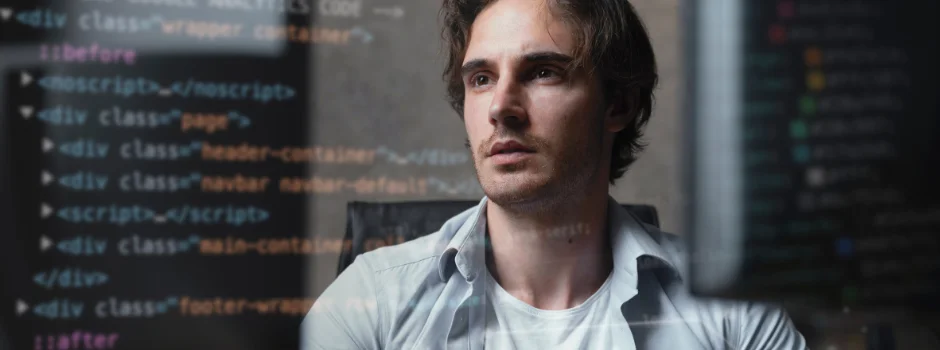

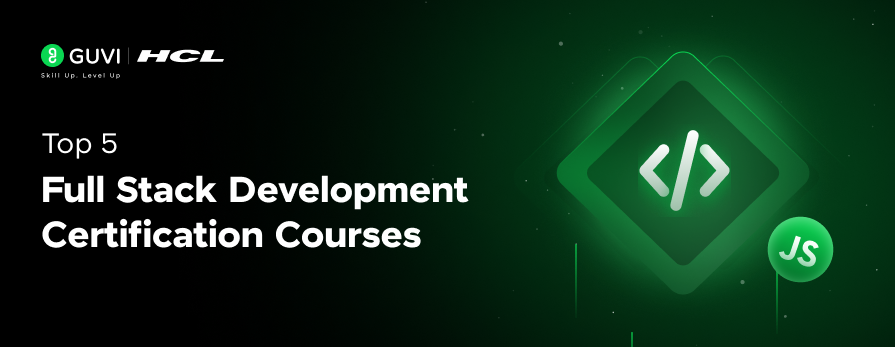

![Top Frontend Developer Skills: A Beginner's Guide [2025] 11 frontend developer skills](https://www.guvi.in/blog/wp-content/uploads/2023/03/Top-Frontend-Developer-Skills-A-Beginners-Guide.png)
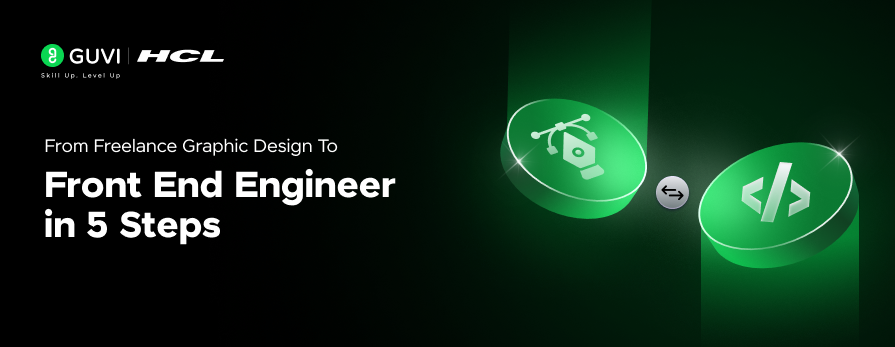
![Top 10 React Native Project Ideas [With Source Code] 13 React Native Project Ideas](https://www.guvi.in/blog/wp-content/uploads/2024/10/React_Project_Ideas.png)
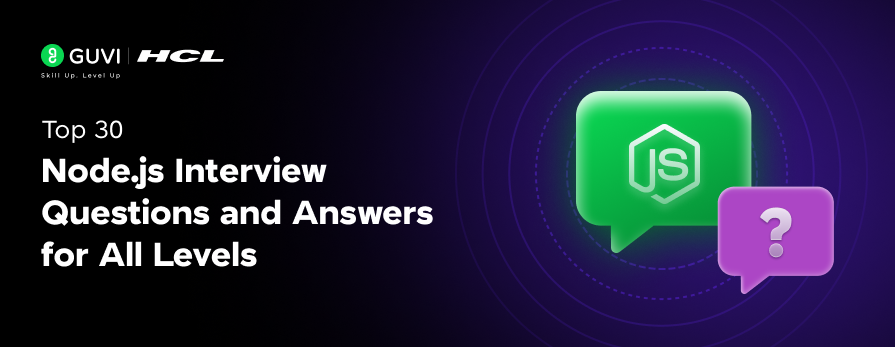
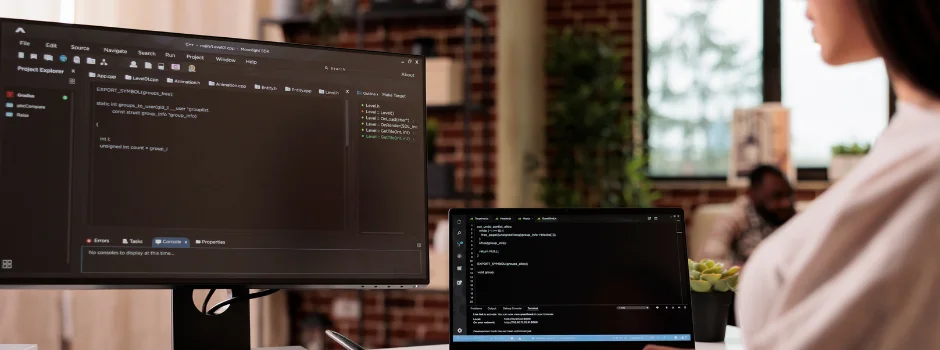

Did you enjoy this article?